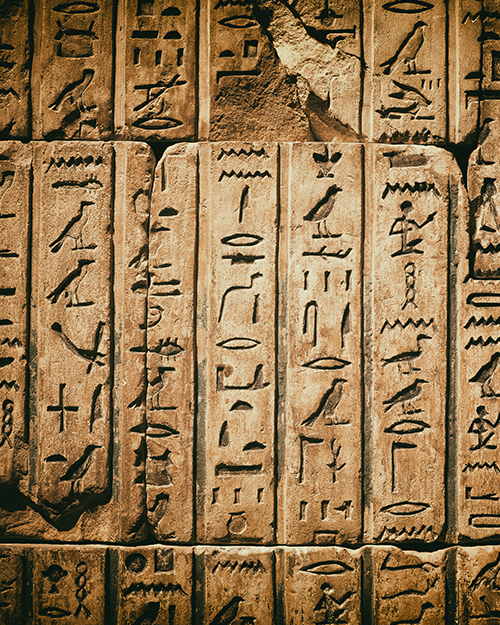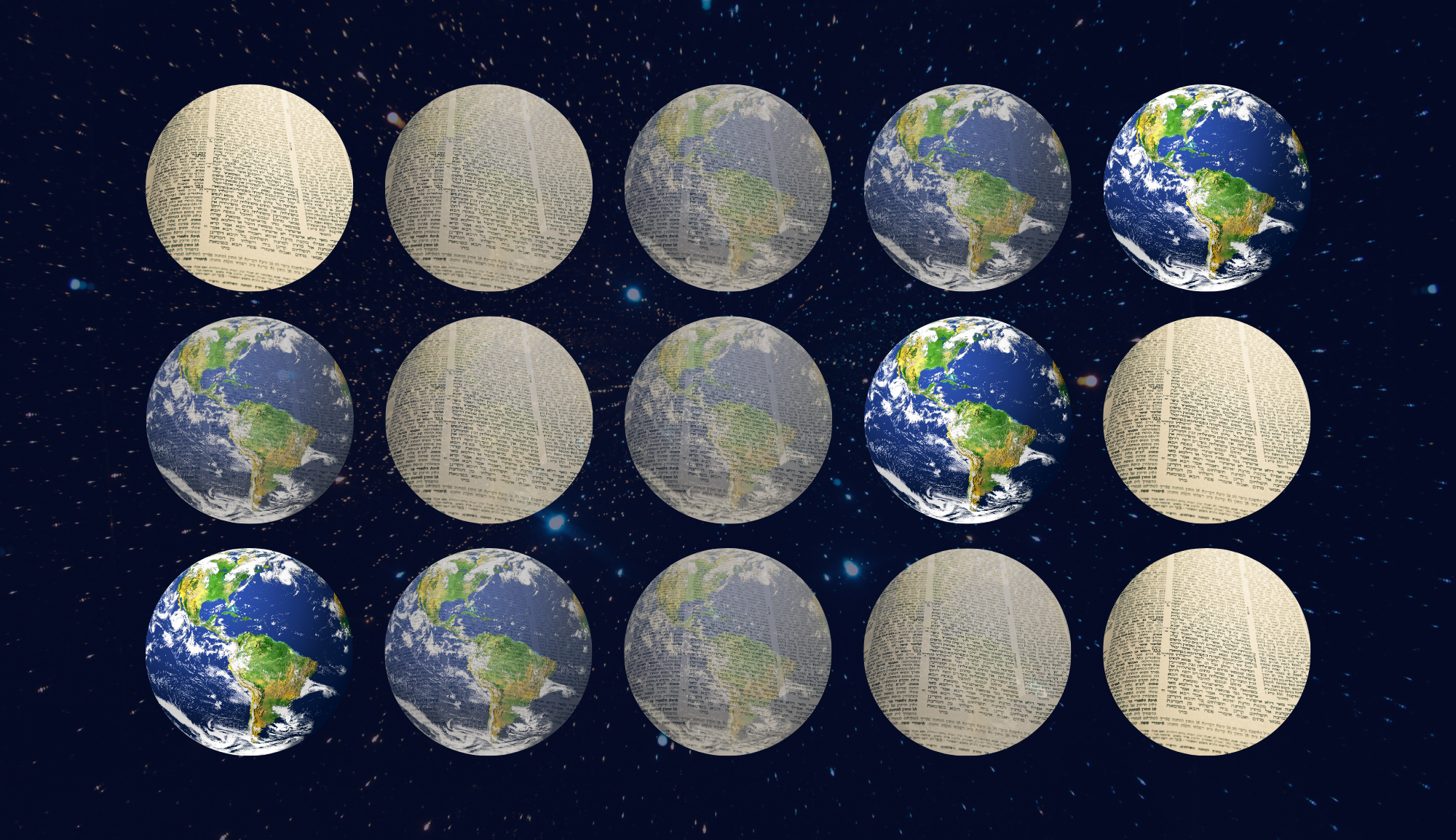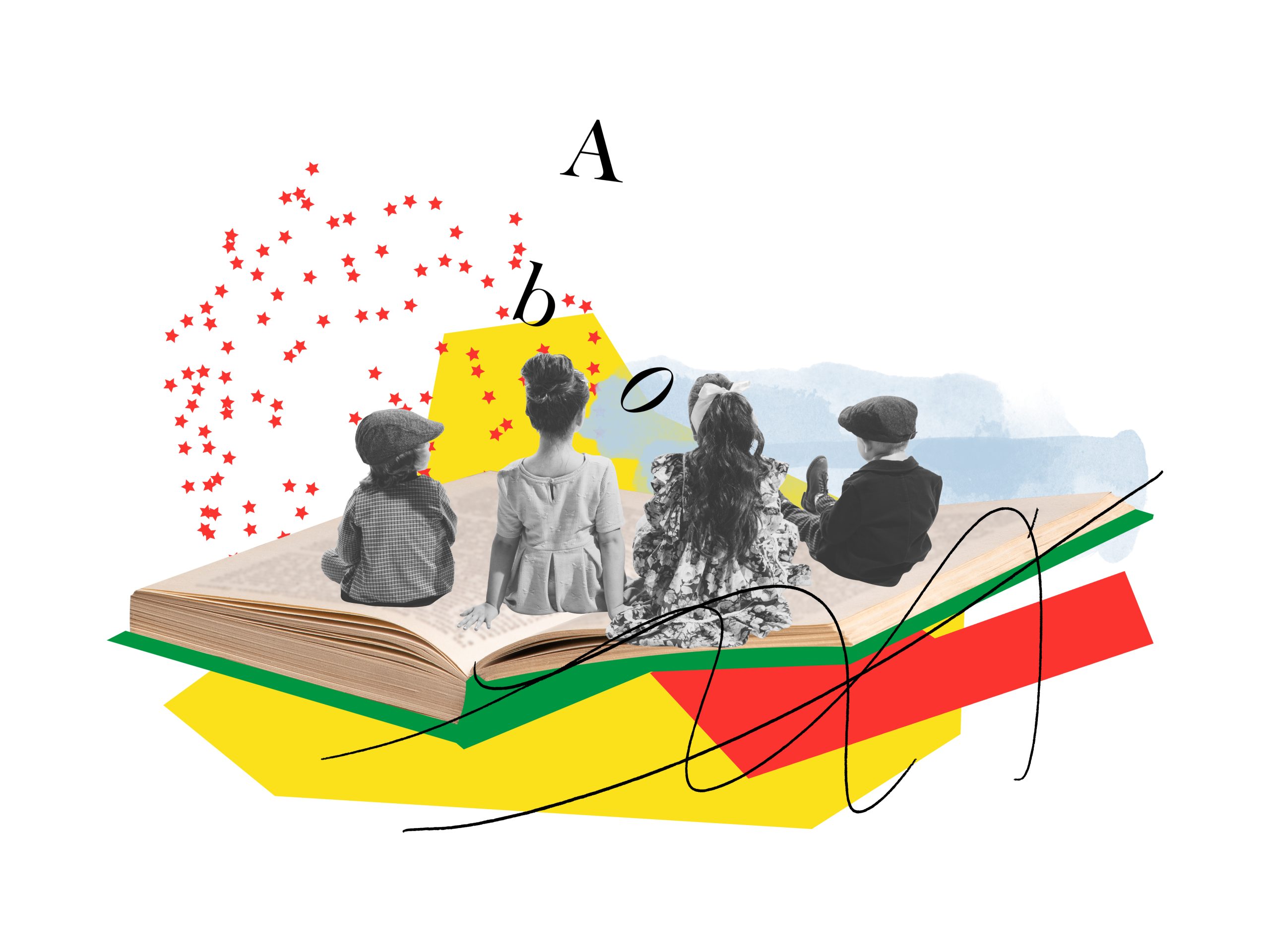When addressing science and religion, one challenge that 18Forty faces is dealing with the vast literature that already addresses so many of the important questions. How can a podcast in the 21st century contribute meaningfully to a conversation already so laden with substantive content? To best honor the important work that has already been done on science and religion, we put together a bibliography of our favorite work on key interactions between science and religion.
This bibliography is far from exhaustive, and we prefer to think of it as an invitation for further exploration rather than a checklist for your intellectual journey. Here are some of our favorite articles thatwe found illuminating, and we hope you find illumination here as well.
Appetizer: Conflicts Between Science & Judaism
Whet your appetite with some big picture issues to get you started.
Nathan Aviezer’s “When Torah and Science Collide” works on two levels to unpack the question of science and Judaism. On the first, Aviezer outlines the major methods that are used to resolve conflicts between science and Torah. On the second, he moves towards a Biblical concordist perspective, urging readers that “the proof of the pudding is in the eating.” Aviezer is a physicist and commentator on science and the Torah, so you know he will make for fun reading (sarcasm). However, he is a believer that aligning or rereading the Torah to fit science is both fruitful and important. Consider his arguments for yourself.
David Shatz’s important article “Is There Science in the Bible? An Assessment of Biblical Concordism” is a direct attack against the Biblical concordism in which Aviezer believes. Shatz engages dialogically with the arguments in favor and against Biblical concordism, ultimately believing thatattempts to read the Torah in light of science are problematic in theory and in practice. He points out thatthe constant use of Biblical concordism in Jewish outreach can be more dangerous than you might think. While dense, his article demonstrates Shatz’s real engagement with an approach he disagrees with,modelling the type of respectful thinking we can all work towards. Don’t care about Biblical concordism?Shatz wants to know why you don’t. Read it for more. Or don’t. Bibliographies don’t care about your feelings.
Entering this conversation from a legal perspective, Rabbi Gil Student’s “Halakhic Responses To Scientific Developments” looks at the ways Jewish law has engaged with, and around, scientific development throughout history. While in some ways Jewish law is a closed system; in other ways it is deeply open, and Student’s article provides a well researched assessment of the ways the system has responded to development over time.
Entree: Evolution
Here’s your meal; we hope you enjoy.
Shai Cherry’s “Three Twentieth-Century Jewish Responses to Evolutionary Theory” provides a deeply thought exploration of the way three Jewish philosophers, Rabbi Avraham Yitzchak Kook, Rabbi Mordechai Kaplan, and Professor Yeshaya Leibovitz, reacted to and engaged with evolutionary theory. The grouping of these three thinkers is intriguing, as their philosophical backgrounds and Jewish leanings give them very different flavors. Like everything you’ll find on Google Scholar, it is not the lightest read, but it’s well worth the travel time. The view at the end is worth it.
Rachel S. A. Pear’s “Arguing about Evolution for the Sake of Heaven: American Orthodox RabbisDispute Darwinism’s Merits and Meaning in the 1930s - 1950s” is a fascinating look at the ways evolutionary theory hit the Orthodox world. This article provides a somewhat broader assessment ofviews than Cherry’s article, which is more tightly focused on the philosophies of the three thinkers hesurveys. Pear’s article is interesting for the theoretical parallels to our own era, and for reflecting on how we all think about science and religion. Pear also wrote about rabbinic responses in the 1920s and the way Orthodox scientists engaged with evolution in the 1960s, if you want the full view from these eras.
Raphael Shuchat’s “Attitudes Towards Cosmogony and Evolution Among Rabbinic Thinkers in theNineteenth and Early Twentieth Centuries: The Resurgence of the Doctrine of the SabbaticalYears,” while losing points for length of title, is a thought provoking treatment into a little known part ofthe conversation about evolution: The “Doctrine of the Sabbatical Years,” and its modern reemployment. Shuchat’s article approaches evolution and cosmogony from the side, showcasing an intriguing part of thebroader conversation. Shuchat’s article on “R. Isaac Halevi Herzog’s Attitude to Evolution and HisCorrespondence with Immanuel Velikovsky” is also a must-read for anyone interested in rabbinic engagement with evolution.
Drinks: Just For Fun
Less scholarly than our other offerings, these readings are (somewhat) friendlier for couches and reading while on line at the grocery store.
Rabbi Norman Lamm is considered by many to be one of the greatest darshanim (orators on the Torah) of the 20th century. In his sermon from July 19th, 1969, a propitious date, Rabbi Lamm discusses the impending moon landing, the Cold War, and how – as religious humans – we should think of those events. Reading his sermons is a master class in engaging with the Torah with a mentality that is deeply human, spiritual, and moral.
Has Jewish thought influenced science? This is the question posed to the many fascinating and engagingvoices in this sweet read from Moment Magazine. With thoughts from thinkers as varied as GeraldSchroeder and Rabbi Jonathan Sacks to philosopher Rebecca Newberger Goldstein and astrophysicistHoward Smith, this collection of short thoughts will get you thinking without too much investment needed.
For the listeners out there, check out 18forty.org/science. Because how can we not include ourselves in our own bibliography?
Dessert: Our Book List
For those willing to go the extra mile beyond PDFs, we recommend these books for further reading.
Schocken 2014
Rabbi Jonathan Sacks
Two of the greatest explicators of the boundaries between Jewish thought and western thought of this era were Rabbis Jonathan Sacks and Norman Lamm, two great thinkers that we lost in 2020. To better appreciate the contributions each thinker made on the questions of science and religion, read Rabbi Jonathan Sacks’s instant classic, The Great Partnership, and Rabbi Lamm’s great Torah Umadda. In The Great Partnership, Rabbi Sacks looks at the relationship between science and religion with deep respect for each. He considers science the search for an explanation, but religion the search for meaning. In Torah Umadda, Rabbi Lamm provides a powerful presentation on the broader dynamics narrating the Jewish relationship with Western thought.
Oxford University Press, 2013
Jeremy Brown
For those interested in history, science, and Jewish thought, Jeremy Brown’s New Heavens and New Earth should be on your book list. Jeremy’s study of the Jewish reception of the Copernican revolution portrays how centuries of Jewish thinkers have considered the matter, and also serves as a powerful case study into how the broader dynamics between Judaism and science play out in one particular issue. This fascinating history moves comfortably between past and present, science and Torah, and Jewish and Christian writing, to provide a study that is deeply relevant today. This book pairs well with David B. Ruderman’s Jewish Thought and Scientific Discovery in Early Modern Europe, which offers a comprehensive review of the ways Jewish thinkers thought about science in Early Modern Europe.
City of Luz, 2013
Joel David Bakst
For readers looking to have a good time, this work is for you. A creative trip through the messianic vision of the Kol HaTor, a manuscript from the Rivlin family, students of the Vilna Gaon: The Secret Doctrine brings readers into the world of the spiritual possibilities of the technology age. The pivotal year, 1840, plays a significant role in this book, as the pivotal year in which the advancements of the industrial revolution converged with the advancements in Kabbalistic study.
Readers might want to pair this book with the somewhat more soberly written The Gaon of Vilna and his Messianic Vision by Arie Morgenstern, which provides a more grounded view of the same host of issues. Both books offer fascinating insights into the place of technological advancement in the religious universe, and are sure to get readers thinking.





































